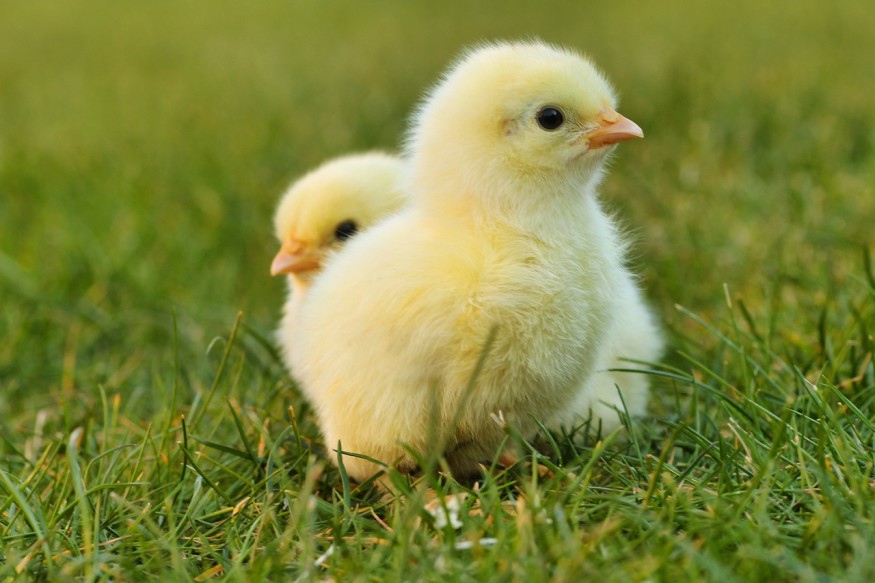
While the scales, fur, and feathers that cover the skin of several vertebrates may appear different, they have common developmental processes back in the embryonic phase. In fact, it turns out that gene tweaks could be a deciding factor in whether one or the other grows out.
Gene Tweaks May Determine Feathers or Scales
According to Science Alert, geneticists Michel Millinkovitch and Rory Cooper from the University of Geneva in Switzerland targeted the Sonic hedgehog (Shh) gene. They did so among the typically squamous feet of embryonic chickens, which were altered to grow feathers rather than scales.
This alteration remained permanent. The atypically feathery feet of the chicken were to remain that way for its entire life. The research was reported in the Science Advances journal.
According to Science Daily, the Shh gene manages a signaling pathway, which is a communication system that enables intra- and inter-cell message transmission. Shh signaling has been seen to be involved in several structural developments, such as skin appendages, limb buds, and neural tubes.
Cooper explains that they used the classic egg candling technique, which involves a strong torch illuminating blood vessels within the eggshell. Because of this, they were able to precisely treat the embryos with a specific Shh-activating molecule. This molecule was directly injected into the bloodstream of the embryos.
The method ended up working, as evidenced when the chicks hatched. The typically bald feet had feathery coverings that were strikingly similar to the ones that coated their bodies.
As the chicks grew, their feet feathers ended up growing as well. They grew adult feathers on their feet as well. All it took for these changes to surface was a single embryonic treatment.
Some of these eggs were treated in a controlled and manipulated environment. In such cases, the eggs did not contain the molecule that activated the Shh pathway among the experimental eggs. The chickens in this control group had normal feet upon hatching. Further RNA sequencing to compare both groups revealed that the Shh changes in the experimental group were indeed permanent.
Study Implications
As per Science Daily, Milinkovitch notes that the results show an evolutionary leap from scales to feathers. This leap does not require drastic genomic changes when it comes to expression or composition. Rather than this, transient changes on the singular gene Shh may facilitate developmental processes that enable the growth of feathers rather than scales.
The authors also think that these findings have implications when it comes to knowing about the diversification and evolution of animals. Natural Shh signaling variations could have been an evolutionary proponent for the diversity in skin appendages and that this diversity may not have been hard to reach.
RELATED ARTICLE : How do the Beautiful yet Deadly Cassowaries Get the Structural Coloration of their Feathers? Find Out!
Check out more news and information on Animals on Science Times.
© 2026 ScienceTimes.com All rights reserved. Do not reproduce without permission. The window to the world of Science Times.










